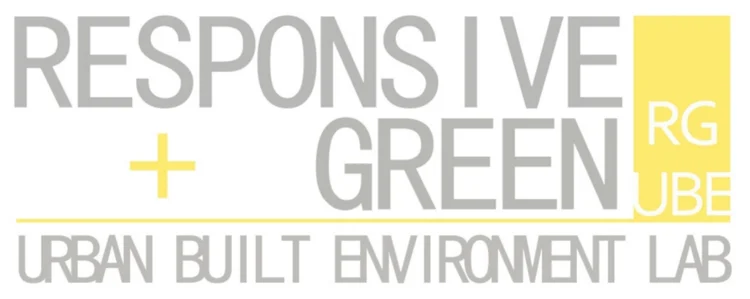

In recent years, there has been a radically growing attention towards the optimization of the sustainable performance of buildings, particularly for reducing the energy consumption and GHG emissions. Meanwhile, with the aid of emerging advanced technologies, the role of automation in buildings has become more and more crucial towards achieving the targets of intelligent buildings. Nonetheless, reviewing the recent studies, it is clearly apparent that there are very limited and sporadic efforts towards the use of building automation for sustainability targets, both in academia and practice. This study concentrates on the automated dynamic facades (ADF) as part of building automation concept and attempts to explore its potentials and challenges. Analysis presents that there is a growing interest in development of new initiatives for innovative facades; however, there are very significant obstacles on its way forward. Likewise, the impact assessment of the integration of ADFs requires more in-depth investigation. Findings put forward feasible recommendations for paving the way towards proliferation of ADFs.Current Output:Publication (In Process)
info
prev / next
1
·
